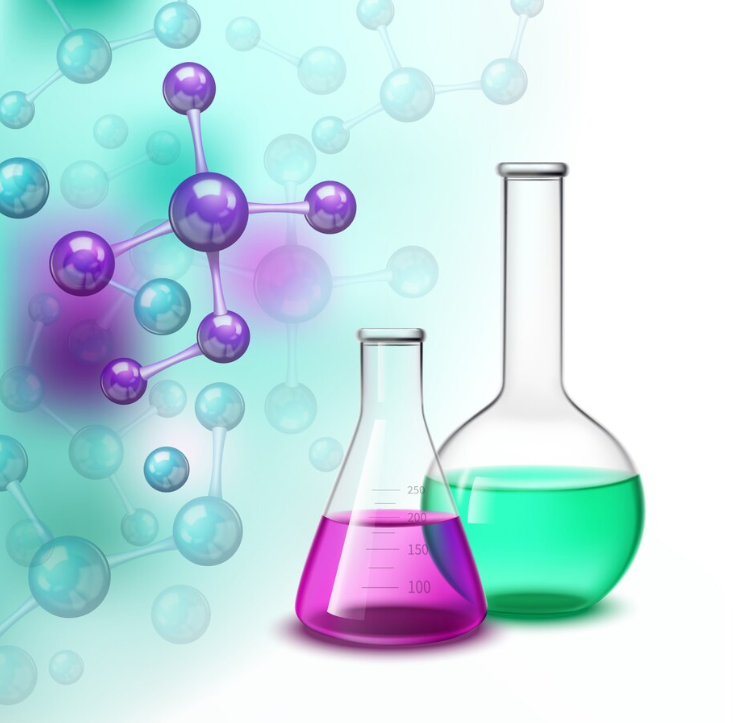Solubility and Solutions
When we discuss solutions, we refer to a homogeneous mixture where the solute is uniformly distributed in the solvent. But how do we know when a solute can dissolve in a solvent, and what factors affect this process? This brings us to the concept of solubility.
What is Solubility?
Solubility is the ability of a substance (the solute) to dissolve in a solvent and form a homogeneous mixture. It depends on several key factors:
- The tendency of systems to become more random – Solutions form as particles become more dispersed, increasing randomness.
- Intermolecular forces – The relative energies between solute-solute interactions, solute-solvent interactions, and solvent-solvent interactions are crucial. Polar and ionic solutes tend to dissolve in polar solvents, and nonpolar solutes tend to dissolve in nonpolar solvents (remember, like dissolves like). This all boils down to intermolecular forces: substances with similar intermolecular forces tend to be miscible or soluble in one another.
Don’t worry about memorizing every solubility rule! These will come naturally as you practice, and you will learn them through doing problems.
Saturation of Solutions
Every solution has a saturation point – the maximum amount of solute that can dissolve in a solvent at a specific temperature. The saturation point depends on:
- The temperature
- The solvent
- The solute
At higher temperatures, many solutes can dissolve more readily. This relationship can be observed using solubility curves.
Solubility Curves
A solubility curve shows the relationship between the solubility of a substance and the temperature of the solvent. The x-axis represents temperature (°C), while the y-axis represents solubility (g/100 mL of solvent).
Image: Solubility curve graph showing solubility of different substances at various temperatures.
For example, at 70°C, about 50 grams of potassium chloride (KCl) can dissolve in 100 mL of water. Any additional KCl added would not dissolve and would instead precipitate out of the solution.
Types of Solutions
- Saturated Solutions: A saturated solution contains the maximum amount of solute that can dissolve at a specific temperature. Any additional solute will remain undissolved.
- Undersaturated Solutions: An undersaturated solution contains less solute than the maximum amount that can dissolve. You can add more solute, and it will continue to dissolve.
- Supersaturated Solutions: A supersaturated solution contains more solute than what would normally dissolve at that temperature. Supersaturated solutions are typically created by heating the solution to dissolve more solute and then slowly cooling it. When agitated, excess solute crystallizes out.
Factors Affecting Solubility
1. Polarity
The polarity of both the solute and the solvent is one of the most important factors affecting solubility. The rule of thumb here is “like dissolves like”:
- Polar substances dissolve well in polar solvents.
- Nonpolar substances dissolve well in nonpolar solvents.
2. Pressure
Pressure primarily affects the solubility of gases. Higher pressures increase the solubility of gases in liquids, while lower pressures decrease gas solubility. This is described by Henry’s Law: , where:
- = concentration of the gas
- = Henry’s Law constant
- = partial pressure of the gas above the solution
Note: Pressure has little to no effect on the solubility of solids and liquids.
3. Temperature
- For solids and liquids, increasing temperature typically increases solubility. The additional heat allows solvent particles to break solute bonds more effectively.
- For gases, increasing temperature generally decreases solubility because the gas particles have more energy to escape the solution.
4. Concentration of the Solvent
The concentration of the solvent also affects solubility. The greater the number of solvent molecules available, the more solute can dissolve.
5. Presence of Other Substances
The presence of other solutes or substances in the solution can also influence solubility. For example, electrolytes may compete for binding with solvent molecules, affecting the solubility of other substances.
6. Surface Area
Increasing the surface area of the solute by breaking it into smaller pieces increases its solubility. A smaller particle size exposes more surface area to the solvent, allowing the solute to dissolve more quickly.







